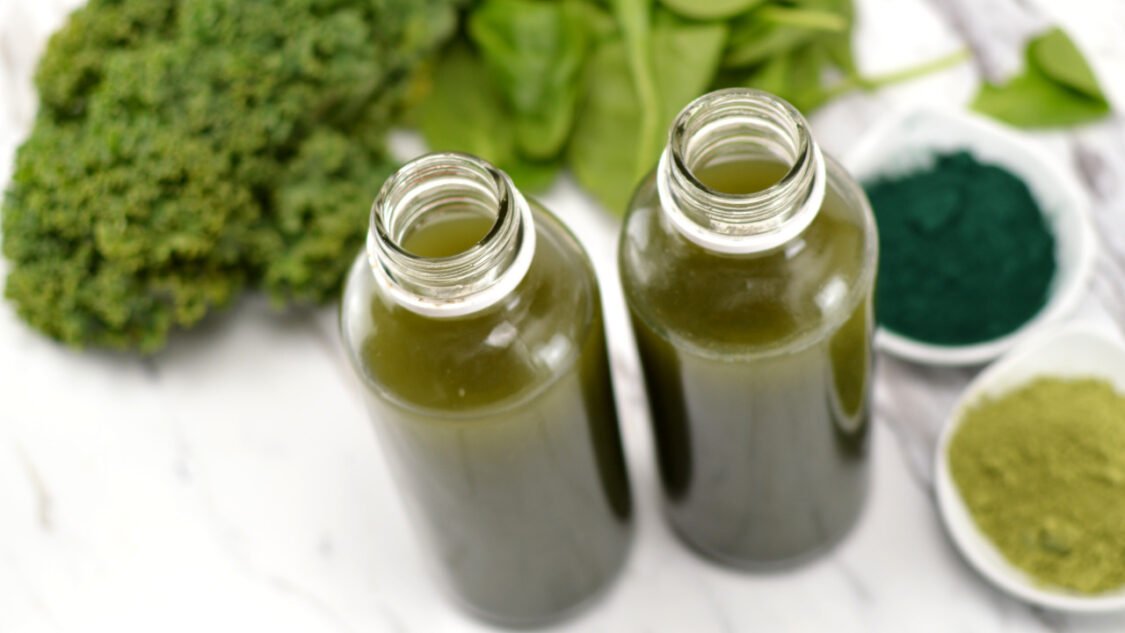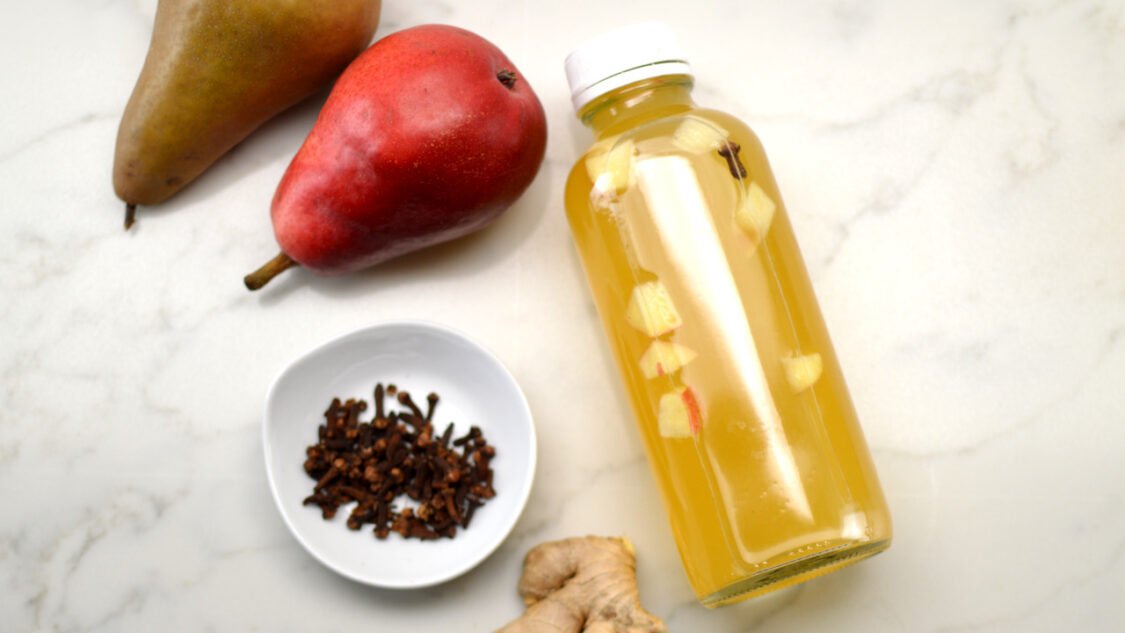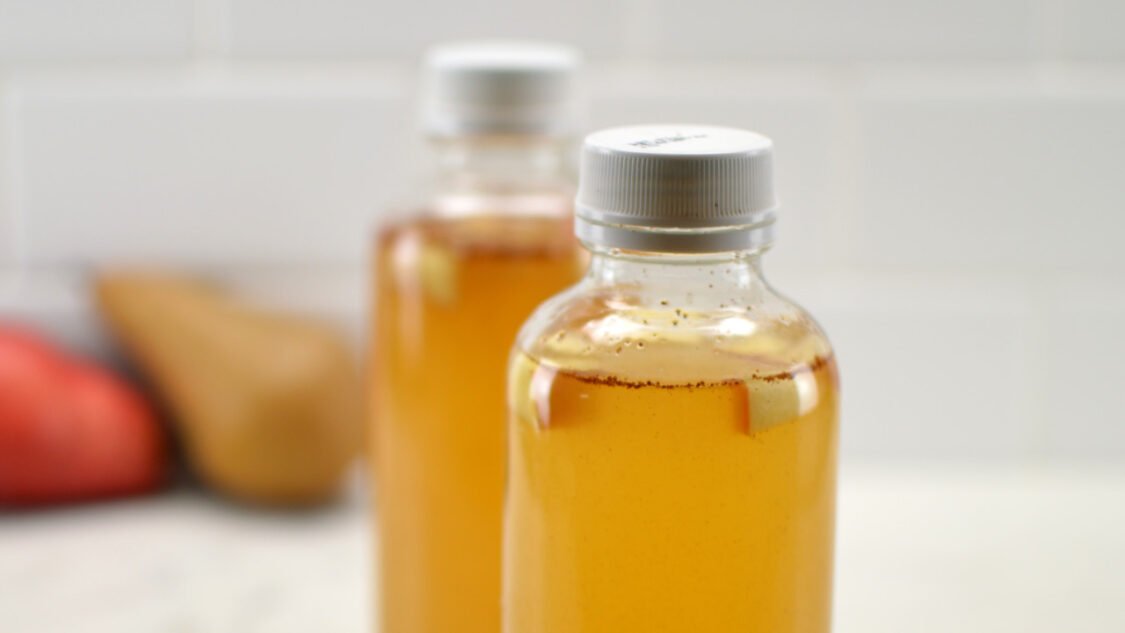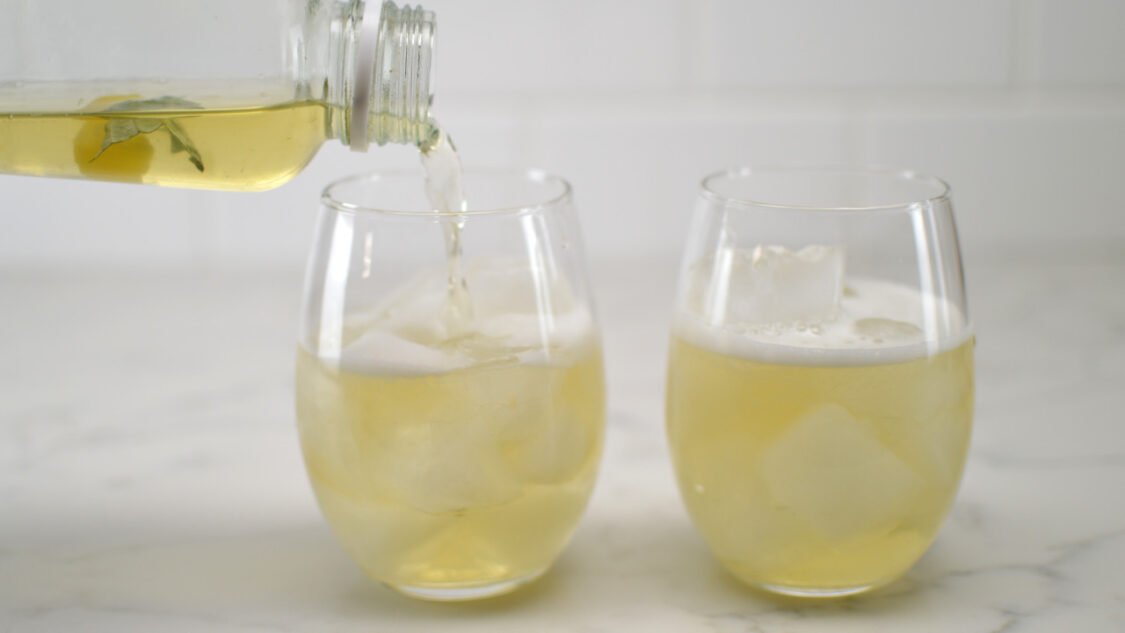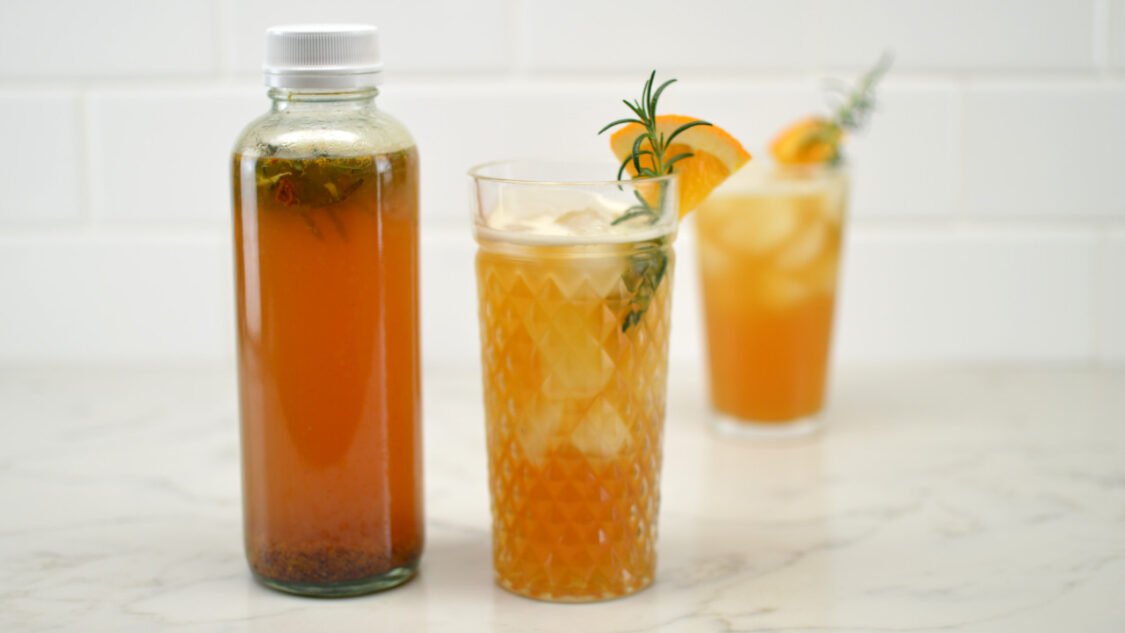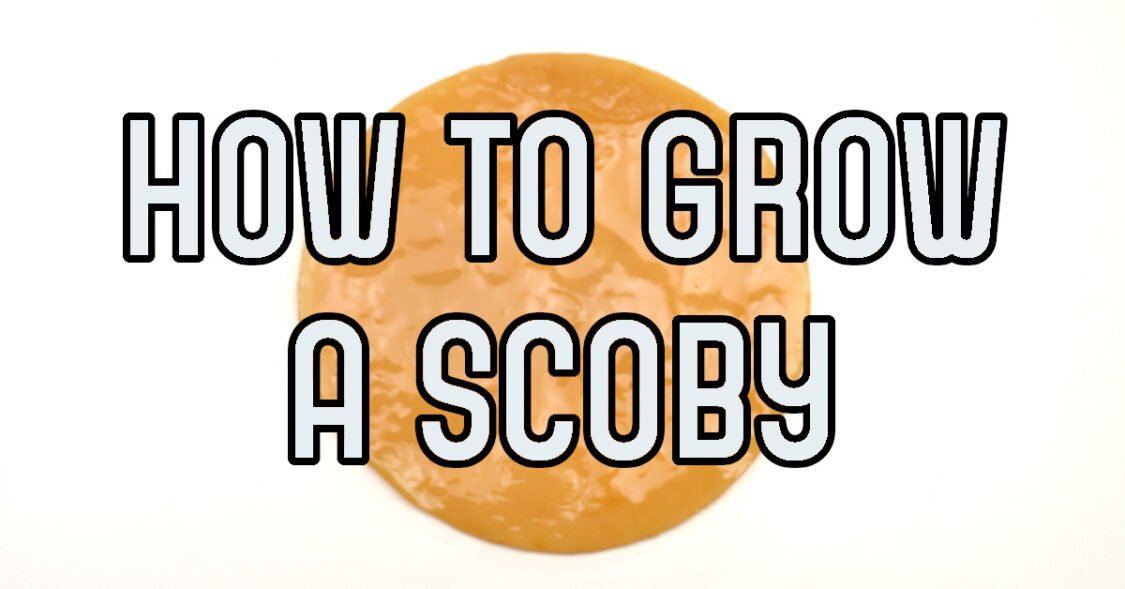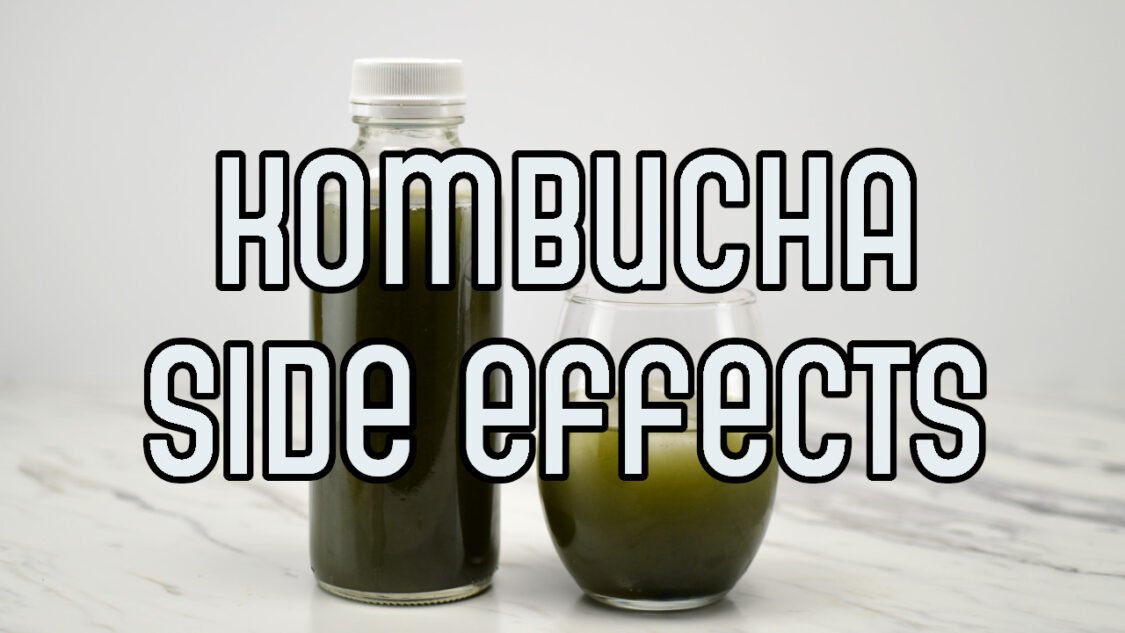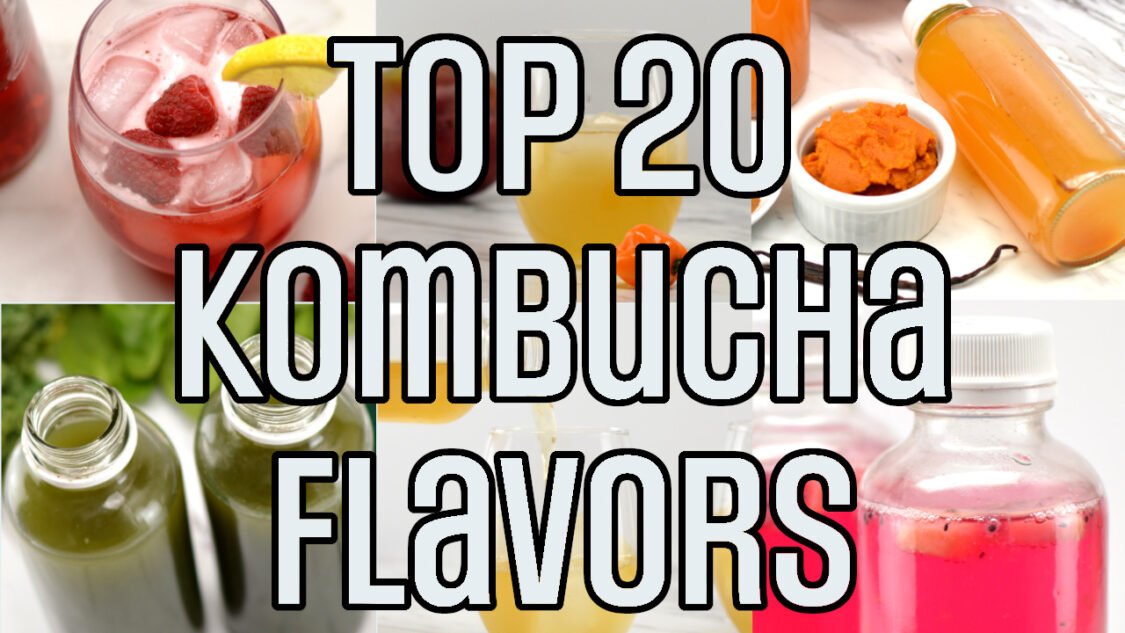Harvest Apple Kombucha
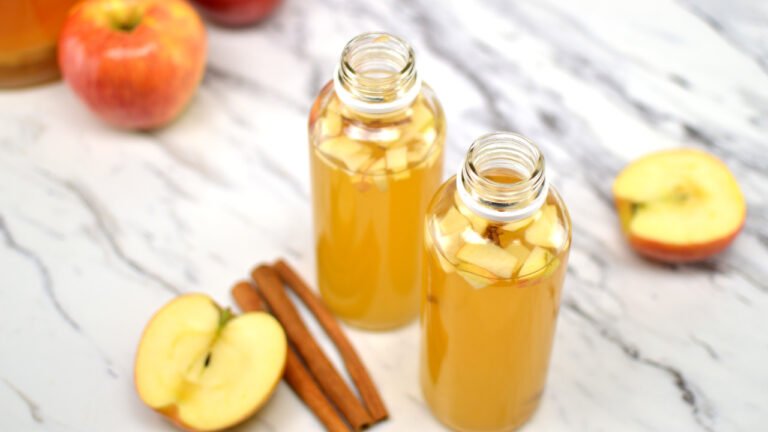
Not long after we moved into our house I decided to plant an apple tree. I soon learned you need at least two that flower at the same time for pollination. I ended up going with Liberty, which is a good variety for pest resistance and not needed in spray, and Spigold, which would be a good complement to the Liberty.
After a few years, we ended up with more apples than we could eat or store (or give away) and were constantly looking for new recipes to use them in and of course kombucha!
Apples are a little bit sweet and a little bit tart but with a good balance. This is similar to kombucha when primary fermentation is complete (unless you let it get very acidic/vinegary). Adding apples to kombucha with a touch of cinnamon creates a kombucha with an even more complex, fruity background and a hint of cinnamon in the aroma. Great for those fall evenings around the campfire!
Pour harvest apple kombucha on ice and drink it straight or use try a Spiced Apple Kombucha Mocktail.
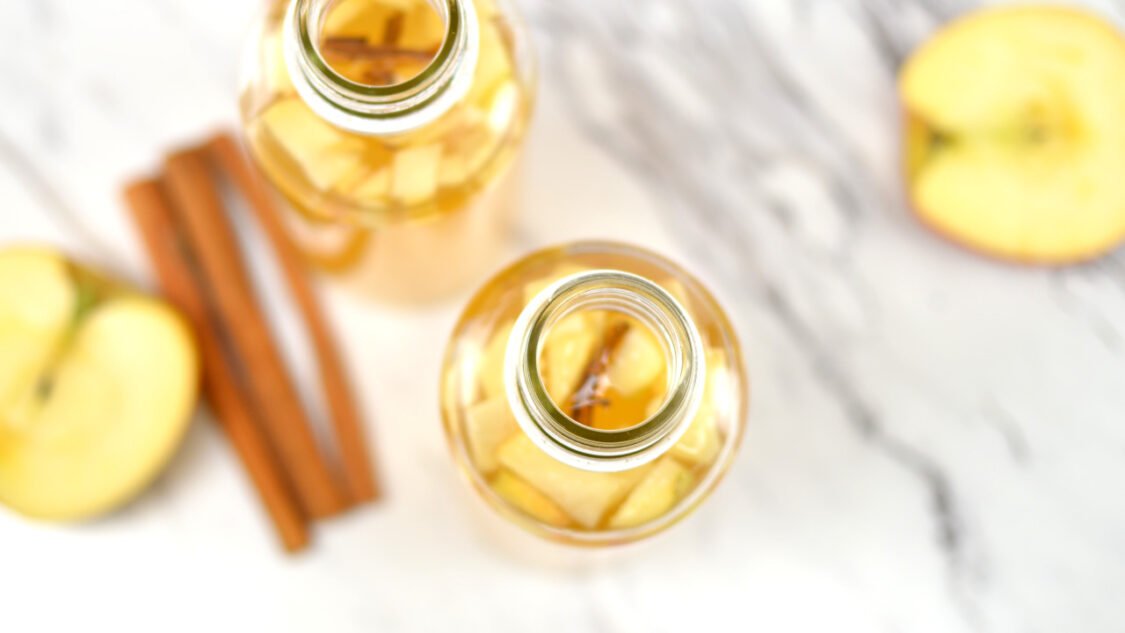
Kombucha Fermentation Overview
There are two fermentation phases when making kombucha:
1. Primary Fermentation: This is when you transform sweet tea into tart and tasty kombucha. Get all the details at how to make kombucha.
2. Secondary Fermentation: This is when you carbonate the kombucha by adding flavor and sugars (like fresh apples ?) and bottling it.
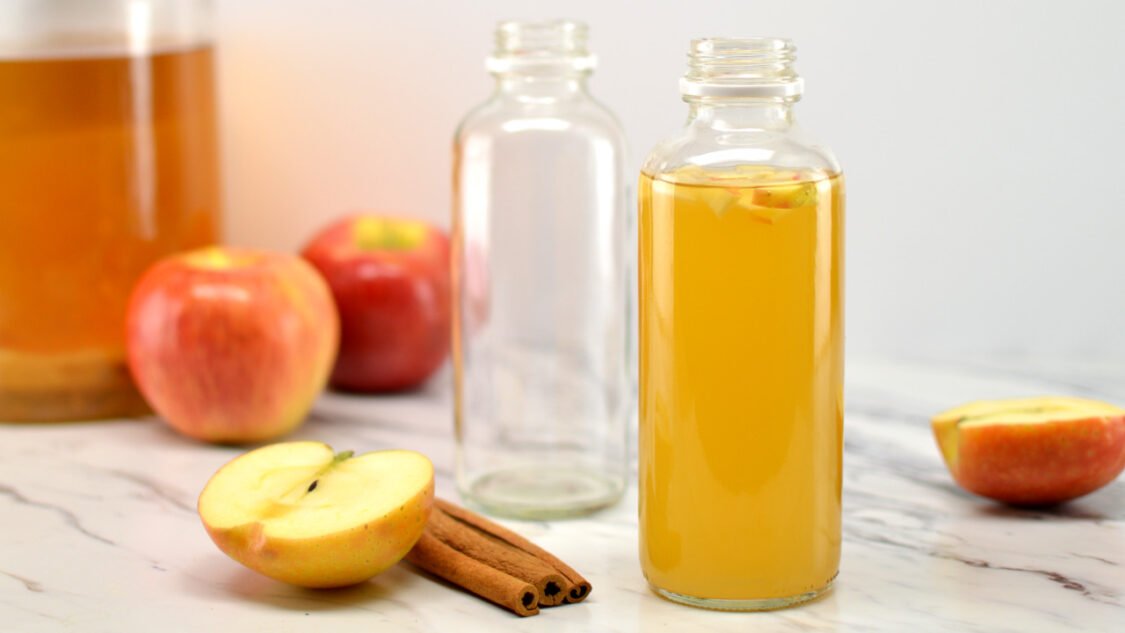
Preparing for Secondary Fermentation
This recipe makes about 7 x 16 fluid ounce bottles of finished kombucha (from a 1-gallon batch of unflavored homemade kombucha aka from your primary fermentation).
Reserve 2 cups (about 16 oz / 0.47L) kombucha and your SCOBY from your completed primary fermentation and set aside – you will use this as your starter for your next gallon batch of kombucha.
With your kombucha starter tea and SCOBY placed aside, you now have enough kombucha left to flavor and fill your bottles. This guide assumes are using 16 oz. glass bottles which are a popular choice for kombucha; however, there are many options for bottling kombucha.

Ingredients to make Harvest Apple Kombucha
Kombucha Finished kombucha from your first fermentation is the base to which you will add the apples and chai spice.
Apples: Apples range in flavor from sweet to tart. Common sweet apples include Red Delicious, Golden Delicious, Gala, and Fuji. These apples tend to be juicy and have a relatively mild flavor with a hint of sweetness. Tart apples, are more acidic and have a tangy flavor. Varieties include Granny Smith, Braeburn, and Jonathan. Tart apples are often used in cooking and baking, as their flavor holds up well when paired with other ingredients. Some apples fall somewhere in between sweet and tart, such as Honeycrisp, Pink Lady, and Rome. These apples have a balance of sweetness and acidity and are often enjoyed for their complex flavor profiles.
Cinnamon: Cinnamon is spice obtained from the inner bark of several tree species from the genus Cinnamomum. Cinnamon adds warm, sweet, and slightly spicy flavors that perfectly that complement the fresh apple flavors.
Sugar: A touch of additional sugar for bacteria and yeast to feed on which creates carbonation (aka fizzy goodness.) When filling 16 ounce bottles I’ve found a sugar cube has the right amount of sugar (1/2 tsp) for carbonation and is a convenient way to add the right amount without the mess.
How to make Harvest Apple Kombucha
Add Flavors: Add chopped apple and cinnamon to each bottle.
Bottle: Transfer kombucha to fermentation bottles.
Condition: For 3 to 10 days, until it reaches the carbonation level you like.
Enjoy: Chill in the fridge before serving.
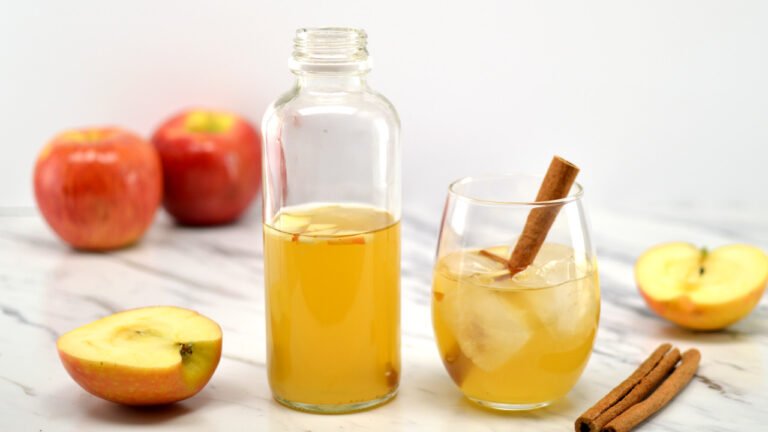
Harvest Apple Kombucha Recipe
Yield: 7 bottles • Active time: 20 minutes • Total time: 3 -10 days
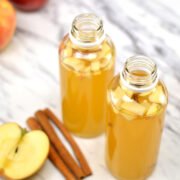
This recipe assumes you are doing a secondary fermentation (flavoring and carbonation) in the bottle. You may also incorporate a third fermentation using the same proportions but following the third fermentation steps.
Ingredients:
1-gallon homemade kombucha from a first fermentation, 1.9 L
1 cup chopped apple 148 g
1 tsp ground cinnamon or 2 cinnamon sticks
7 sugar cubes or 2 Tbs sugar 12 g
Instructions:
Prepare fruit: Clean and finely chop about 1 cup of fresh apple.
Flavor: Evenly divide apple among the bottles and generous pinch of cinnamon or about ¼ of a cinnamon stick to each bottle.
Sweeten: Add a sugar cube or 1 tsp sugar to each bottle to provide the SCOBY an additional food source to create carbonation.
Fill bottles: Transfer kombucha into fermentation bottles, leaving about 1-inch empty space at the top. Cap: Cap the filled bottles and tighten the cap snugly.
Ferment: Place in a dark, room temperature area for 3 to 10 days, until it reaches the carbonation level you like. This process will go faster in warmer climates, and slower in cooler climates.
Enjoy: Chill in the fridge before serving. Homemade Kombucha can be stored in the fridge, tightly sealed, for several weeks. If desired, you can strain the kombucha as you serve it into glasses to remove the apples and cinnamon stick.
Tips & Tricks:
Make sweet tea for your next batch the night before you flavor and bottling and let it cool on the stove overnight so that you can flavor your kombucha and get your next batch started at the same time.
If this is your first time brewing, it may be helpful to use a plastic water bottle as a gauge. Fill a recyclable plastic bottle with kombucha (leaving 1.5 inches empty at the top). When this bottle becomes rock hard, you’ll know the glass bottles are also ready. This will help you gauge how long it take for kombucha to carbonate your climate and will prevent bottle explosions.
Variations:
• Apple Pie Kombucha Switch out the cinnamon for apple pie spice to make it Apple Pie Kombucha!
Nutrition Information:
Kombucha Recipes You Might Also Like
More Kombucha Knowledge
Helping you learn to brew kombucha, find inspiration for new kombucha flavors and use kombucha to make kombucha mocktails


